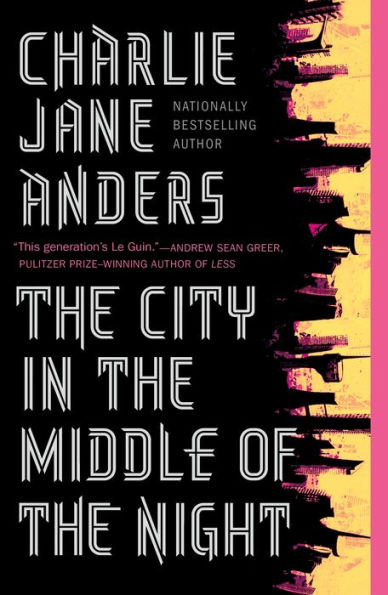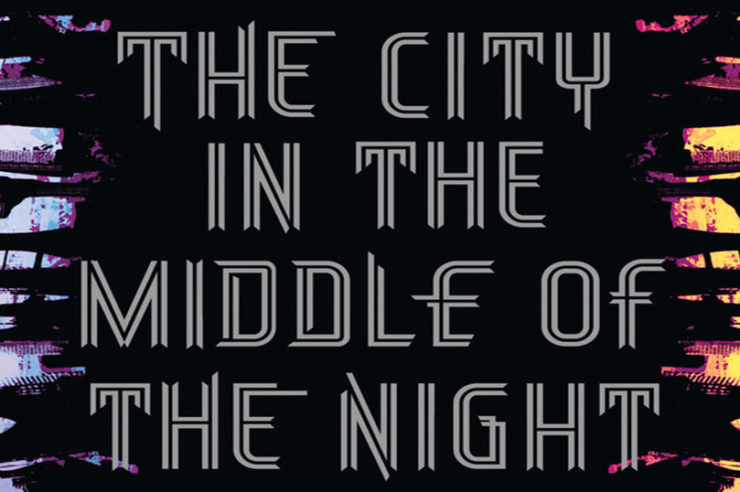Traditionally, history is the study of the human condition through written texts. But over the last half-century, historians have focused more and more attention on what is known as oral history, part of what UNESCO calls humanity’s “intangible cultural heritage.”
Protected by a UN resolution adopted in 2003, this intangible cultural heritage is considered more vulnerable than the cultural heritage consisting of monuments, locations, and buildings because the carriers of this heritage are human beings, and, as we know all too well, human beings are mortal. Oral history is part of this type of cultural heritage because if a people or culture dies out before their history has been recorded, vital information about the past will be irretrievably lost.
Thus, oral history is history before it is written down—as such, there are two ways of talking about the dissemination of oral history. On the one hand, oral history is the stories about the past of a group or people that are recounted, shared, and passed down the generations by word of mouth rather than being written down and distributed as texts. It is through a highly sophisticated use of oral history that the Aborigines of Australia have successfully maintained a cohesive civilization that is tens of thousands of years old.
On the other hand, oral history is the recording of the stories of others done by professional scholars, most often anthropologists. The purpose here is to capture the life stories of individuals whose unique experiences otherwise wouldn’t have been recorded. Here we find the various interview projects with Holocaust survivors and war veterans, for examples.
Both of these aspects of oral history can be found in Charlie Jane Anders’s novel The City in the Middle of the Night. The story takes place on January, a tidally locked planet where humans have created a new civilization after Earth has become uninhabitable. The people from Earth share their new home with a number of indigenous species, most notably the Gelet (also known as crocodiles, even though they look nothing like the crocodiles on Earth).
Among the many colorful human characters that populate this world is Mouth—Mouth was adopted and raised by a group of nomads known as the Citizens. When disaster befell the group, Mouth, still a child, was the only survivor. In the novel we meet Mouth as an adult, weighed down by the burden of being the only one left alive who remembers the civilization of the Citizens.
Oral history runs through what remains of the Citizens’ culture, both in the sense of oral history as a lived practice and as an academic pursuit. The oral history of the Citizens as a lived practice checks the boxes of UNESCO’s definition of an intangible cultural heritage, namely the knowledge and practices of a civilization that concern nature and the universe, as well as the performing arts of this civilization, its oral traditions and expressions, social practices such as rituals, and traditional craftsmanship.
Buy the Book


The City in the Middle of the Night
Even though some their beliefs were written down while the group still existed, the community of the Citizens was based in their oral tradition. Because Mouth was a child when the Citizens died, her recollection of their beliefs is patchy. From what she can remember, we learn that what the Citizens considered their beliefs were in fact a collection of guidelines on how to survive based on past generations’ experiences and knowledge about nature and the universe. In other words, the Citizens’ belief system is the same as their oral history as a lived practice.
The Citizens participated in the performing arts in that they put on a performance each time they reached a settlement. The purpose of the performance was to blend in to the point where they were no longer considered strangers, which in turn enabled the nomads to procure whatever it was they needed from the settlement they visited.
They also had social practices in the form of rituals. While new members learned how to fit into the group, the Citizens gave them temporary names. A person officially became a member of the community through a ritual that replaced the temporary name with a permanent one. Mouth is called Mouth because she was never given her permanent name; all the Citizens died before she could undergo her ritual.
Furthermore, the Citizens created objects of craftsmanship, in particular small boxes with a ceremonial purpose. Because she never went through any of the established rituals, Mouth sees these boxes as unattainable objects, even when she happens to come across one as an adult.
Mouth’s burden of being the lone carrier of an entire culture relates to oral history as an academic pursuit as well. In the end, it is only when Mouth agrees to being interviewed by a scholar that she is able to move on from her past and lighten her emotional load, knowing that when she dies, the Citizens will live on.
The City in the Middle of the Night is a novel of parallel stories that connect at crucial points in the narrative. The story of Mouth and the Citizens runs parallel to the story of the young woman Sophie and the Gelet, and there are similarities that resonate between the civilizations of the Citizens and the Gelet. Both civilizations are headed towards extinction—for the Citizens the end was quick and brutal; for the Gelet, it is slow and agonizing. The Gelet, too, share their knowledge, practices, and their history through direct communication between individuals but where the Citizens use words to communicate, the Gelet use images. Where the Citizens view time as linear, the Gelet exist simultaneously in the past, the present, and the future. These differences notwithstanding, the purpose of sharing between generations is the same for both civilizations: namely, to build, strengthen, and maintain their community.
The written word is often called external memory, because as soon as something has been written down we don’t have to worry about remembering it anymore. Oral history is internal memory, and as such, this type of history is fragile—as fragile and meaningful as life itself.
Erika Harlitz-Kern is a freelance writer and historian with a PhD from the University of Gothenburg, Sweden. When not reading and writing about fantasy and science fiction, she teaches history at Florida International University in Miami, and spends her free time in Florida’s wetlands, silently thanking the alligators for not turning her into a snack.










